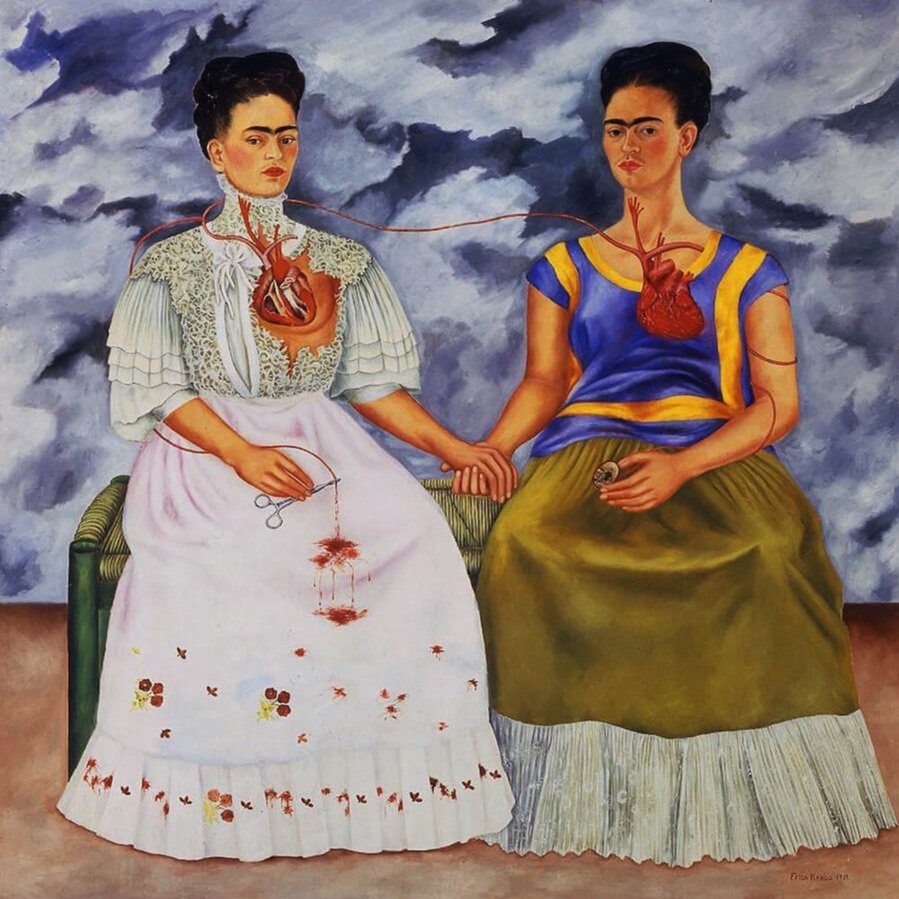The Dance of Opposites
Art as a Bridge Between Nature, Emotions, and Visual Elements
Opposites in art are the very essence of creativity, offering not only visual interest but profound insights into life's complexities. Throughout history, artists have harnessed the interplay of opposing elements. Just as nature juxtaposes poisonous plants with antidote plants, artists employ contrasting elements to evoke powerful emotions and introspection. Through exploring opposites, we gain a deeper understanding of life itself.
An example is Picasso's monumental masterpiece, "Guernica" (1937), portraying the chaos and despair of war. Yet, strategically incorporated within this darkness, in the center foreground a delicate flower held by a human hand symbolizes hope and resilience. It serves as a reminder that even in the bleakest moments, there is potential for renewal and a brighter future
Guernica, 11′ 6″ x 25′ 6″, is held by the Reina Sofía Museum in Madrid, Spain.
Frida Kahlo's self-portrait, "The Two Fridas" (1939), depicts her personal emotional duality, mirroring the contrasting emotions we experience in our own lives. Her painting embodies profound inner turmoil and the layered nature of human existence. It also reminds us that opposites coexist within us, shaping our identities and influencing our perspectives.
“Two Frida’s” 1939 self portrait
Emotions are understood through opposites. Sadness informs happiness, and death informs life. By experiencing the depths of sadness, we appreciate the heights of joy. Similarly, contemplating mortality allows us to embrace and cherish the preciousness of life itself.
Susan Cain author of Bittersweet, writes about the power of opposites through an event involving the cellist playing in the city square of Sarajevo during the Bosnian War in the 1990s. The cellist, Vedran Smailović, played his cello in the ruins of the city to honor the victims of the bakery bombing. He played a piece known as "Albinoni's Adagio," - a symbol of resilience, in the midst of tragedy. The music is haunting and beautiful.
In the realm of art and beyond, the marriage of opposites resonates as a symphony of life's intricate harmonies. It is a reminder that, much like the strokes of a painter’s brush or the chords of a timeless musical composition, life's complexities find their most resonant expression in the interplay of light and shadow, joy and sorrow. And just as every masterpiece is imbued with contrast, so too is our existence enriched by the embrace of its opposing strands.
Drip, Drip, Drip: Enhance Your Life by Cultivating Your Space


